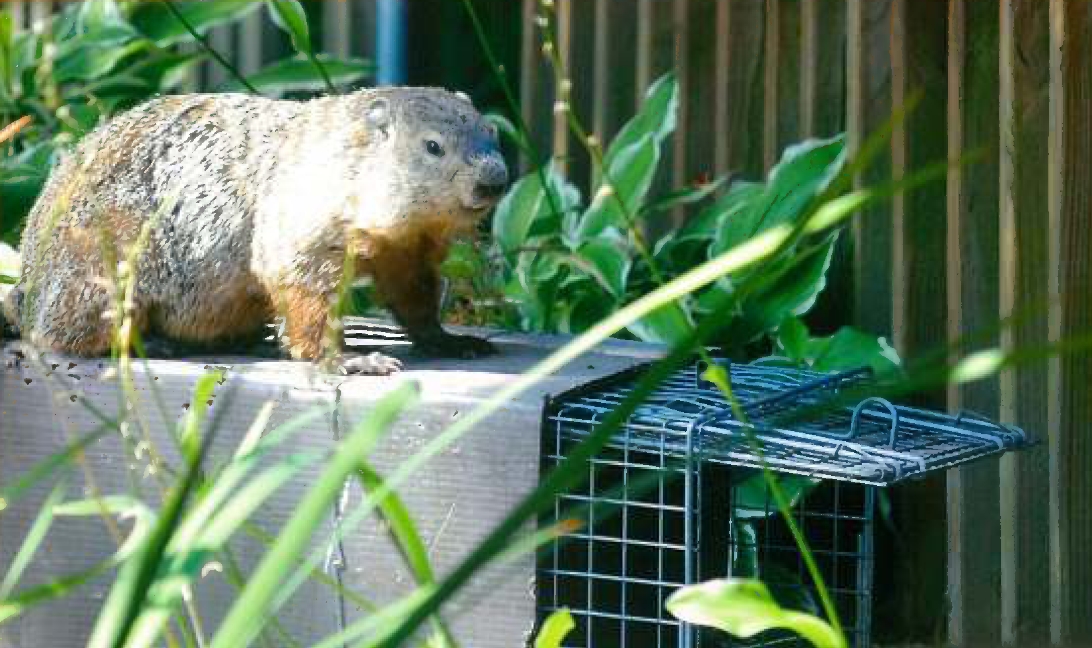Are groundhogs and woodchucks the same? Yes!
The groundhog belongs to a group of large ground squirrels known as marmots. Weighing up to 15 pounds, woodchucks are amongst the largest members of the squirrel family Sciuridae (in the Rodentia order), which also includes chipmunks and prairie dogs. Principally herbivores, groundhogs eat a variety of plants, including, grasses, fruit, tree bark, and vegetables from your garden. However, woodchucks will also consider grubs, insects, and snails.
People often wonder if there is a difference between Groundhogs and Woodchucks, and why they have such a long list of names, including:
Woodchuck
The etymology of the Woodchuck originates from several indigenous cultures that named the marmot based on its behavior. To answer the most common question concerning the woodchuck vs. groundhog, the two species are indeed the same, both sharing the Latin name Marmota monax.
Interestingly, the name Woodchuck has little to do with wood or chucking. Like the Muskrat, the name evolved from the Native American Algonquin peoples of Eastern Canada and New England, (or possibly Narraganset) who called them Wuchak, which translates to “the digger.” Other indigenous titles include Wejack, Otchek (Cree) Woodshaw, Woodchoock. Today, most North Americans call the animal groundhogs, while people of the United Kingdom refer to them as woodchucks.
Whistle Pigs
Woodchucks or groundhogs are also known as Whistle pigs, especially in the Appalachian area of the United States. This name is explained by the high-pitched whistle sound emitted by groundhogs to alert other members of the colony to danger. Groundhogs typically reserve this call when they sense predators like coyotes and foxes.
Land Beavers
Groundhogs occasionally go by the name land-beaver due to the shared characteristics they have with beavers, namely their appearance as large furry brown rodents. However, there are many differences between woodchucks and beavers.
Worried about Woodchucks in the Yard?: Get Started Today
